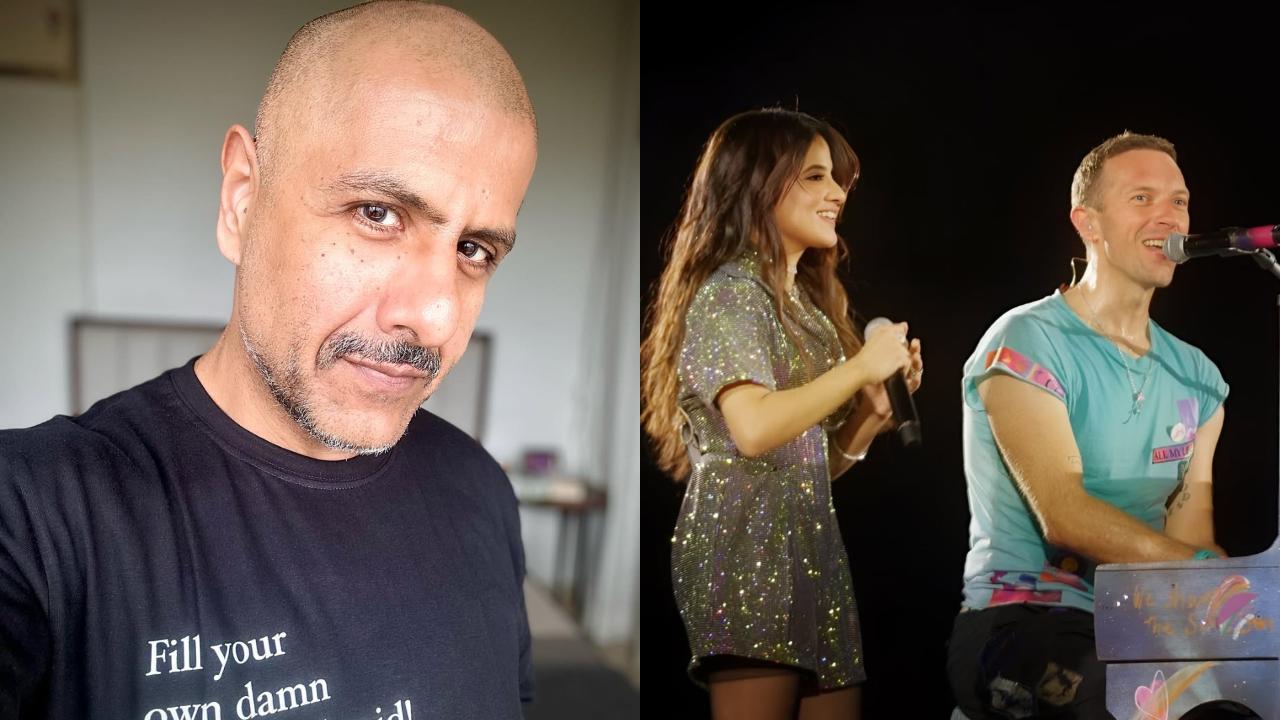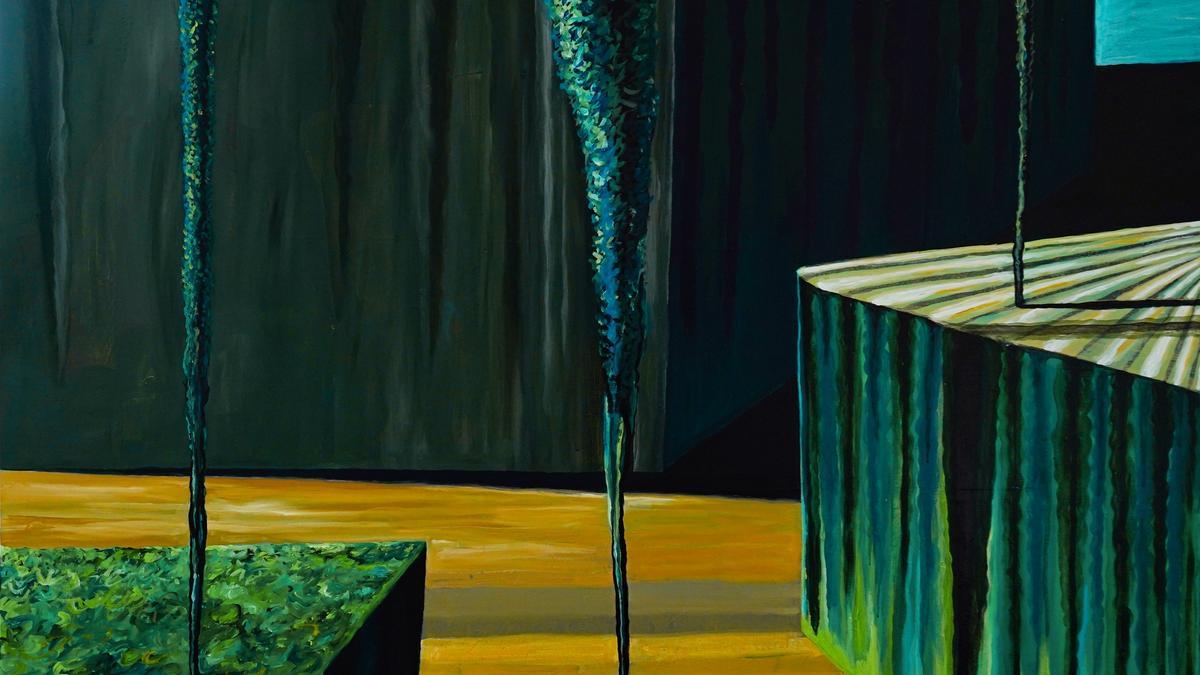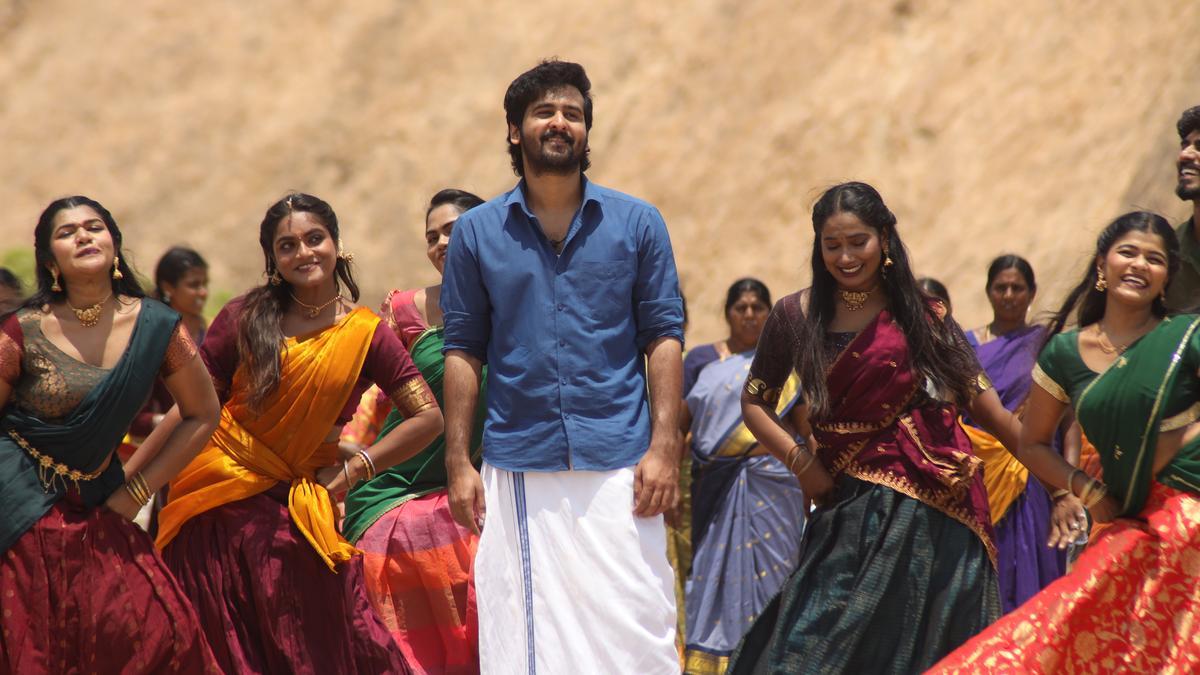
The world of folk music mourns the loss of an icon, as celebrated folk singer Sharda Sinha passed away on Tuesday night, November 5, 2024, at the All India Institute of Medical Sciences (AIIMS) in Delhi. At the age of 72, Sinha left behind a legacy that resonated deeply with fans of traditional Indian music. An AIIMS official reported, “Sharda Sinha expired at 9.20 p.m. due to refractory shock as a result of septicemia,” marking the end of a prolific career that spanned several decades.
Sharda Sinha was affectionately known as the ‘Bihar Kokila’, a title that reflects her stature as a symbol of cultural identity in Bihar and beyond. Her haunting melodies, including folk classics like “Kartik Maas Ijoriya” and “Koyal Bin,” became the soundtrack for traditional celebrations such as Chhath Puja and weddings across Bihar and Eastern Uttar Pradesh. Further extending her reach, Sinha lent her voice to Bollywood hits like “Taar Bijli” from “Gangs of Wasseypur-II” and “Babul” from “Hum Aapke Hain Koun”. Her impact on music earned her prestigious accolades including the Padma Bhushan, the third-highest civilian award in India.
Her final days were spent under intensive medical care for multiple myeloma, a type of blood cancer she had been bravely fighting since 2017. Despite her health struggles, the vibrancy of her contribution to music never dimmed, echoing in the hearts of listeners who connected deeply with her art. In October 2024, she was admitted to the Institute Rotary Cancer Hospital (IRCH), yet the severity of her condition required her placement on ventilator support.
Throughout her illness, there was an overwhelming wave of support for Sinha. Prime Minister Narendra Modi himself was involved in overseeing her condition and expressed his heartfelt condolences following her demise, describing her loss as irreparable to the music world. Union Minister Giriraj Singh and Lok Sabha MP Chirag Paswan were among the notable figures who visited the hospital to offer their respects.
Sinha’s songs were more than just music; they were a tapestry of the cultural richness of Bihar, often described as the ‘heartbeat of the region’.
. Known for her unique ability to blend classical and folk elements seamlessly, she brought a fresh dignity to the “lok geet” or folk song tradition, often overlooked in the mainstream music industry. In life and in song, she embodied the spirit of festivals like Chhath, dedicating an anthem to the celebration each year despite her declining health.
Born on November 1, 1952, in Supaul, Bihar, Sinha’s early initiation into classical music under Pandit Raghu Jha’s tutelage paved the way for a remarkable journey. Her dedication and authenticity shone through every performance, stemming from an upbringing deeply rooted in the cultural traditions of her homeland. Her collaborations with lyricist Hriday Narayan Jha further underscored her commitment to preserving and showcasing the beauty of folk narratives.
In addition to her artistic contributions, Sinha was a beacon of inspiration beyond music. Holding academic credentials, including a Ph.D. in Indian classical music, she was a respected educator and cultural ambassador who performed globally, representing India’s rich heritage. Her international performances in countries such as Mauritius, Germany, and the USA, among others, reflected her commitment to sharing the folk tradition worldwide.
Her social media presence, managed by her children Vandana and Anshuman, kept fans updated on her health journey and other musical endeavors. Tragically, the family also faced the loss of Sinha’s husband, Braj Kishore Sinha, weeks before her passing. In a poetic intertwining of life and art, Sinha’s demise coincided with the onset of Chhath, a festival she immortalized through song.
As Sharda Sinha’s unforgettable voice fades into memory, her contributions to folk music and Indian culture remain eternal. Her legacy will continue to inspire, echoing the sounds of her origins and the hearts of her admirers, forever intertwining her spirit with the rich cultural fabric of Bihar and beyond. Her enduring presence in the world of music ensures that her art will resonate for generations to come.










